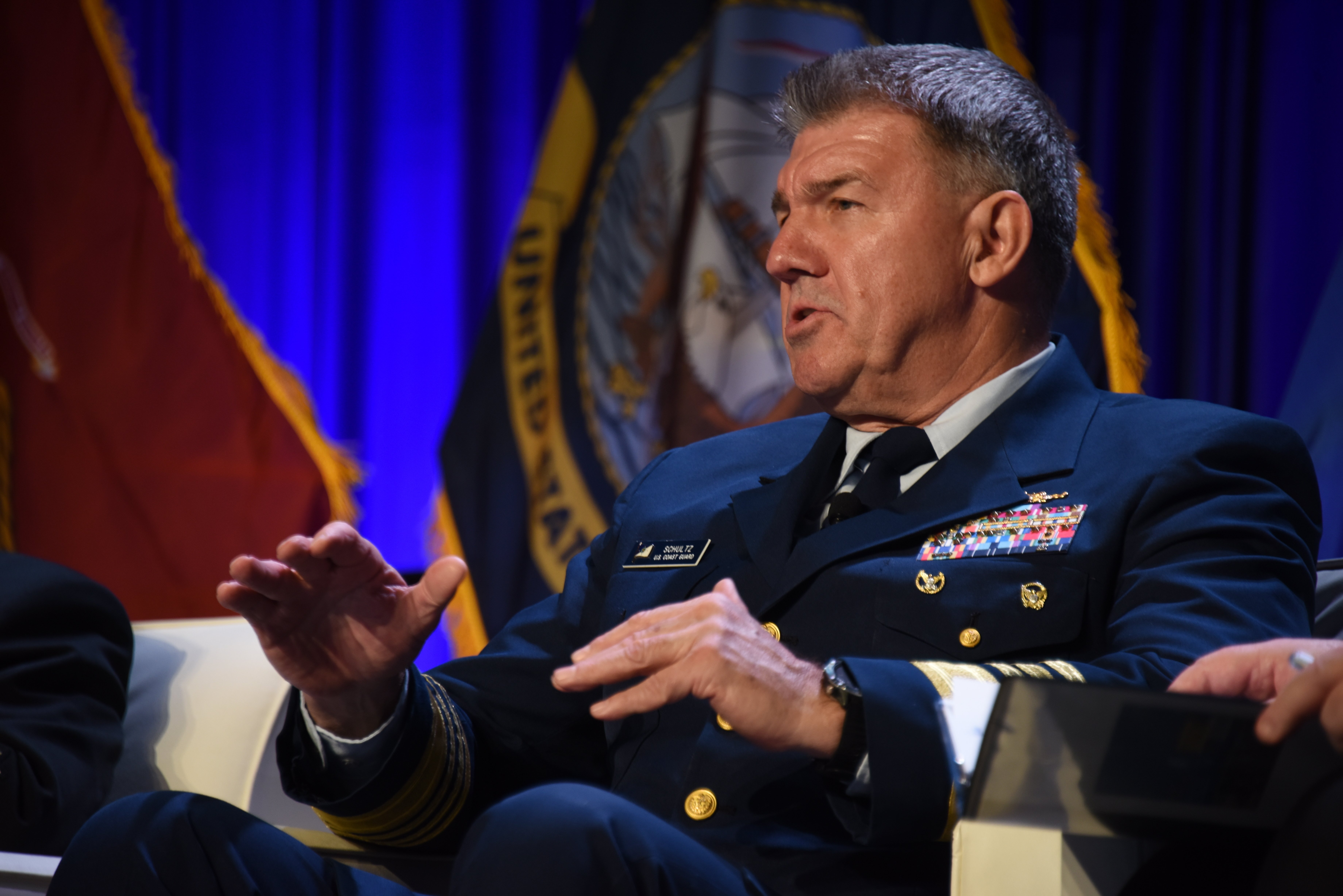
SAN DIEGO, Calif. – The top Coast Guard officer remains optimistic at the pace of expanding the fleet of cutters despite delays in design and construction that have pushed back the expected delivery date of the first new polar icebreaker.
“We pushed the delivery date into the spring of 2025. We were hoping for a ’24 date,” Coast Guard Commandant Adm. Karl Schultz told USNI News on Friday.
Pascagoula, Miss.-based Halter Marine Inc. has contracts to design and build the first two of three planned Polar Security Cutters (PSC). A $745.9 million contract was issued in April 2019 for the lead cutter, and officials, at the time, planned for delivery in 2024 and hoped incentives might push the work to finish earlier with a 2023 delivery. A $552.7 million contract for the second cutter was issued in December 2021.
“We’re working with VT Halter – that’s the shipbuilder in Pascagoula. We’re hoping at some point later this year to start cutting steel components. It’s a complicated ship,” said Schultz, adding the COVID-19 pandemic had thrown a wrench into the timeline and initial plans for the design and construction of the cutter.
“It was ambitious, arguably. You could say to build a ship like [that is] probably a 10-year work,” said Schultz, following the service chiefs’ town hall session on the final day of WEST 2022, a three-day defense conference co-hosted by the U.S. Naval Institute and AFCEA.
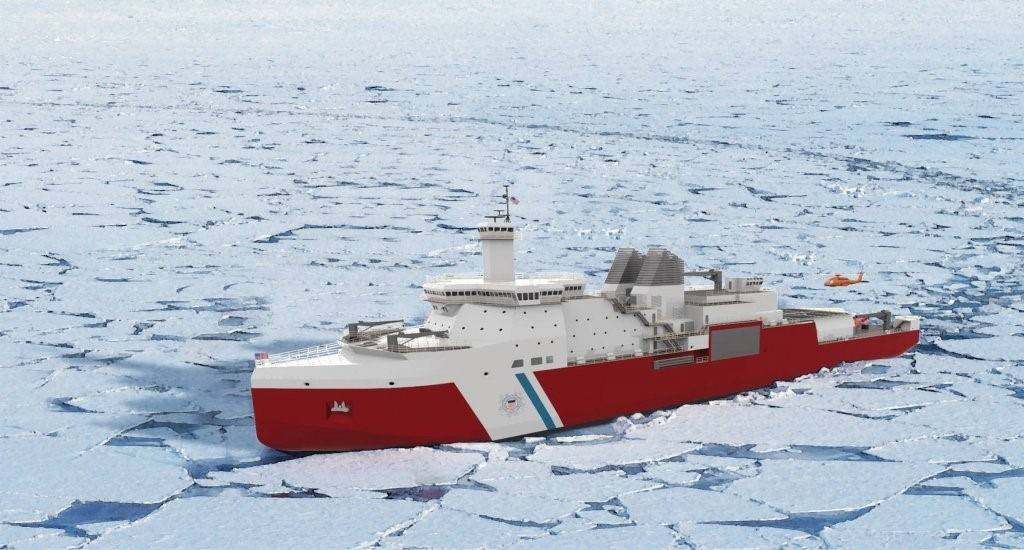
“We tried to squeeze it down to a six-year work, and then we overlay the pandemic on that. I’m guardedly optimistic we can take acceptance in ’25, but we’ve still got a lot of work to do. We’ve got to get that energy going,” he said. “They’re going to be great ships – 460-foot, 23,000 tons. It’s going to be conventional power, but this one will give us access in the high latitudes beyond what we’ve ever held before.”
The service had “made a couple of changes, in fairness to the whole balance of stuff that we want to work in there, as we think through the requirements more over time,” he added.
The current operational fleet of icebreakers consists of the 46-year-old USCGC Polar Star (WAGB-10) – the only heavy icebreaker in the U.S. – and the 420-foot, medium polar icebreaker, USCGC Healy (WAGB-20), which the service commissioned in 2000.
That small but critical U.S. pair of icebreakers will get a huge reprieve when the planned fleet of three new polar cutters arrive, along with three planned new medium icebreakers called the Arctic Security Cutters (ASC). Those icebreakers, along with the 360-foot Offshore Patrol Cutters that will replace the medium endurance cutter, are among the service’s highest priorities.
Modernizing and expanding the fleet is important for the Coast Guard to maintain its readiness and ability to meet its missions, which span a range from marine safety and rescue to seaport protection and law enforcement operations. All that comes from a budget of just $13 billion, a fraction of the Navy’s and for a service that can be called upon in wartime.
“We pack a lot of punch in the homeland game,” Schultz told the conference audience.
And it’s not just in U.S. waters close to home, as Coast Guard units also support geographic combatant commanders and interact with other nations’ navies and coastal patrol entities. A key mission of late is illegal, illicit and under-reported fishing in nations’ exclusive economic zones that are threatened by “three or four major nation-states that are fishing, depleting the waters along coastal region. It’s an ecological and environmental issue. It destabilizes the economies of coastal states,” Schultz said.
“We are positioning our force to be ready to support the numbered fleets and the COCOMS,” he added, “and really focus on the domestic game.”
More Coasties to Sea
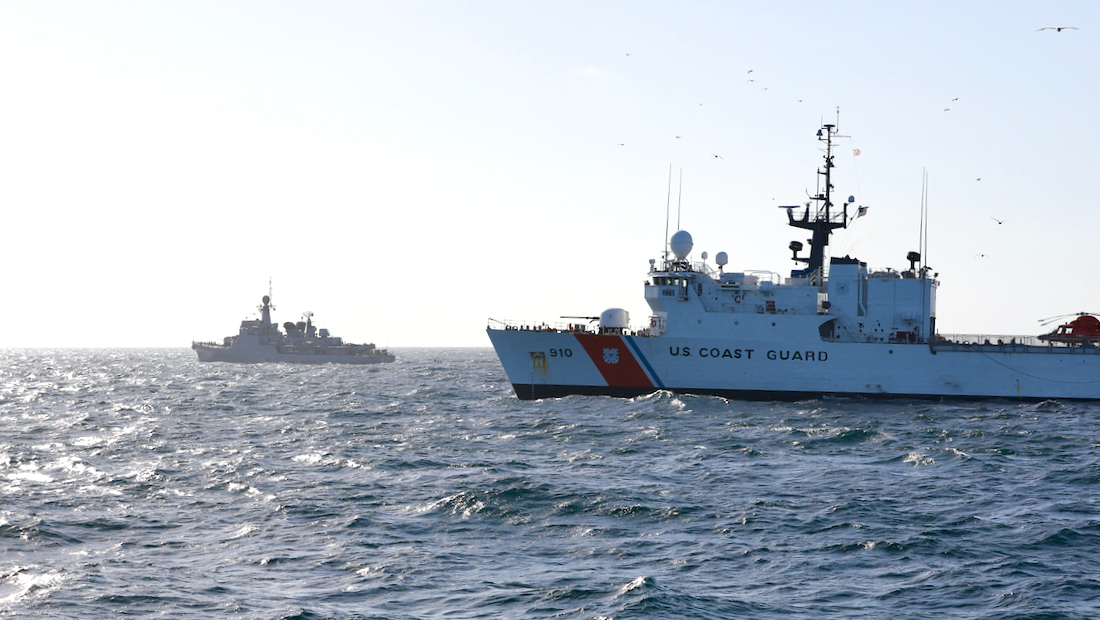
The Coast Guard is shifting some 2,000 billets in the coming years to sailing billets, largely to support the additional cutters. It might push the active force population somewhat beyond the 42,000 personnel currently, Schultz told USNI. “They’ll be some end-strength increase beyond that,” but it’s not clear yet how that will bear out.
Schultz, who took the helm of the Coast Guard on June 1, 2018, is in his final four months’ as commandant, typically a four-year tenure. Whether the end-strength should land above 42,000 “is probably a conversation the 27th commandant’s team probably needs to think about,” he said.
Leaner budgets in recent years resulted in less buying power, Schultz said, “and now we’re starting to turn the corner in the last three or four years. It’s a different conversation when you get enough resources to start talking about growing people again. When you’re sort of not getting funded well to run the Coast Guard that you have, additional growth on top of that can sometimes almost even exacerbate the challenge.
“So I think right now we’re at that point to start saying, hey is the Coast Guard at the right size? What would be the right size if you’re thinking about a number?”
“We’re going to field 25 Offshore Patrol Cutters. There’s going to be some growth with that,” he added. “We’re going to create a cyber rating, so there will be some growth with that.”
The Coast Guard’s recent creation of a cyber rating will draw some existing information systems technicians (IT) and intelligence specialists (IS) as well as electronics technicians (ET) into new roles and assignments as cyber specialists. They may include boatswain’s mates and machinist’s mates.
“The model we’re probably going to embrace is you come into the force, and you probably rise up to… notionally maybe an E-5 and you move into the cyber rating. Sort of like what we do with divers,” Schultz told USNI News.
Budget and Investments
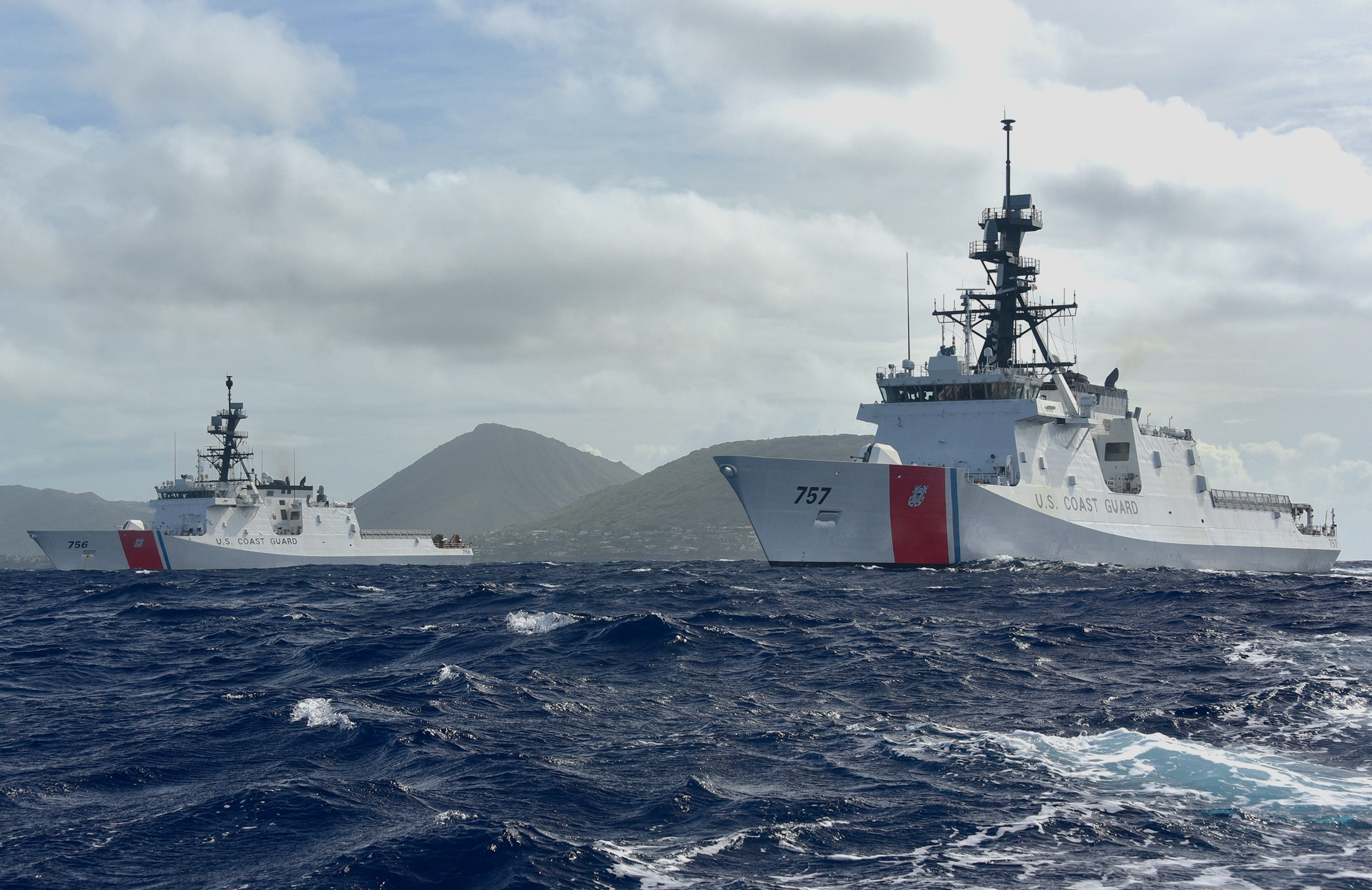
The Coast Guard has received nine of 11 National Security Cutters (NSC), which are replacing the aging high endurance cutters, and the 10th will be christened on June 4, Schultz told the audience. It’s part of a changing fleet that will include 25 Offshore Patrol Cutters and 64 Fast Response Cutters, up from the current 48 boats. Phase two of the OPC contract will be awarded “in the coming months,” Schultz said.
The growing fleet requires some investment to sustain.
“What’s the sustainability going to look like, and can we sustain our ships?” Schultz said. “We tend to be a commercial off-the-shelf type of organization, not a lot of leading-edge type of technology as we’re looking for proven technology in the sustainment piece.”
In addition, “we are going to be awarding a contract for the Waterways Commerce Cutter, that’s a fleet of 30 vessels, three different derivatives, to work the coastal and inland waterways of the nation. So we’re excited where we’re at.”
The Coast Guard’s capital programs, Schultz added, “have been on a pretty good trajectory for a good part of a decade, and we’ve got to maintain momentum. We need a predictable and stable funding. That’s not always the case in Washington. But we’ve been more stable there than we have been on the operating and support side of then Coast Guard budget.”
The service falls within the Department of Homeland Security.
Officials have been “having conversations” with the past and current administrations “that we really need to start funding the Coast Guard that the nation needs,” he said.
Ship repairs are critical to sustaining the fleet but remain one area of concern.
“We’re competing for some of those shipyard availabilities with the Navy, which is coming in with bigger ships, deeper pockets, bigger contracts,” Schultz said.
That can lead to delays in contracted work.
”We’re finding it very competitive. I will tell you I am concerned about the capacity” of the shipyards, he said, and “we also compete with the commercial sector.”
“We’re meeting our needs – but it’s barely – and it’s a lot of juggling of schedules,” he added.
Maintaining decades-old vessels has other challenges. Schultz offered, as an example, the Polar Star.
“On our 45-year-old heavy icebreaker, we’ve got to figure out sometimes how we find a part on eBay… can we legally buy that part?” he told the audience, noting that at times, “it takes really creative contracting work to buy the parts we need.”
Infrastructure Needs
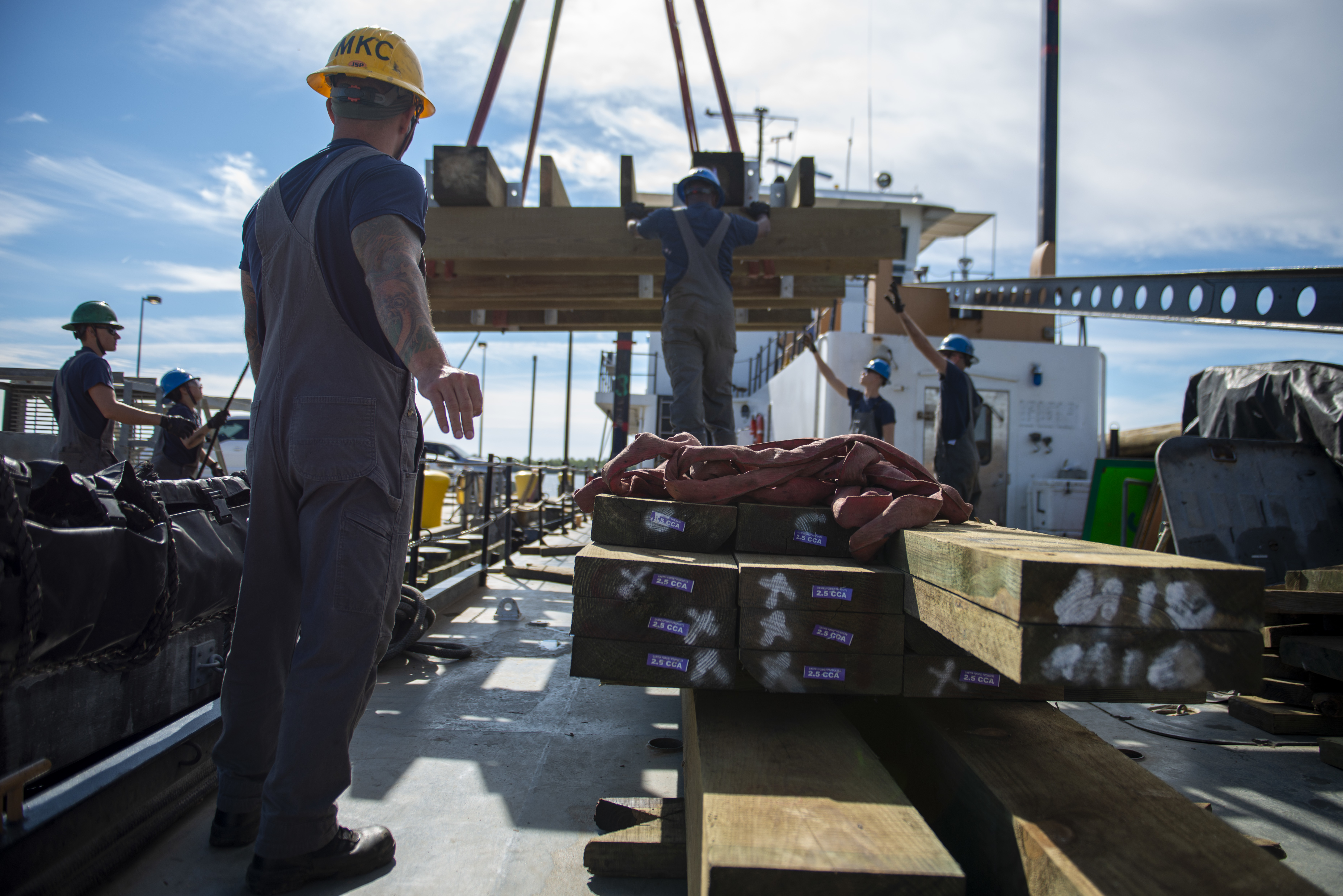
The Coast Guard got $434 million in last year’s Infrastructure bill for some new construction and facilities improvements. But funding still falls short in what is needed to support its shore infrastructure.
“We’ve got to get after the lagging infrastructure challenge,” Schultz said.
Older facilities, piers and docks, all subjected to the wear from climate and environmental impacts, need replacement or refurbishment that aren’t always funded in the federal budget. A 2019 GAO report estimated construction and maintenance backlogs totaled $2.6 billion, and some 45 percent of shore infrastructure is beyond its service life.
“We’ve got to keep our foot on the gas. If there’s a trade-off between modernizing and readiness, I’d say in our service, I’m not offering that maneuver space yet,” Schultz said. “I’m saying we need to continue the momentum on our capitalization programs, recap programs, and we need to keep pressing in on the readiness piece – that’s the human part of that. We’ve talked a lot about ships and capabilities. We really need to focus on the recruit, train and retain of our Coast Guardsmen, and then we really need to press in on our infrastructure.”
Work is underway to build a new Coast Guard air station in California’s central coast, with Coast Guard Air Station Ventura that’s slated to open in August 2023 on land at Naval Base Ventura County.
“We’ve got a shovel in the ground, It’s the first new air station we’ve commissioned in decades, so we’re excited about that,” he said.
The $53 million facility will include a 48,000-square-foot hangar and a 12,200-square-foot administration and berthing facility to support four MH-65 Dolphin helicopters and 82 personnel.
Coast Guard crews had operated Dolphin helicopters from an air facility at Los Angeles International Airport to support missions along the Southern California coast before they got bumped by airport expansion, so in September 2016, air station operations relocated to temporary facilities at Point Mugu Naval Air Station, Calif. The new air station will be the third major air facility in California, which includes air stations in San Diego and San Francisco.
Retention and Recruiting
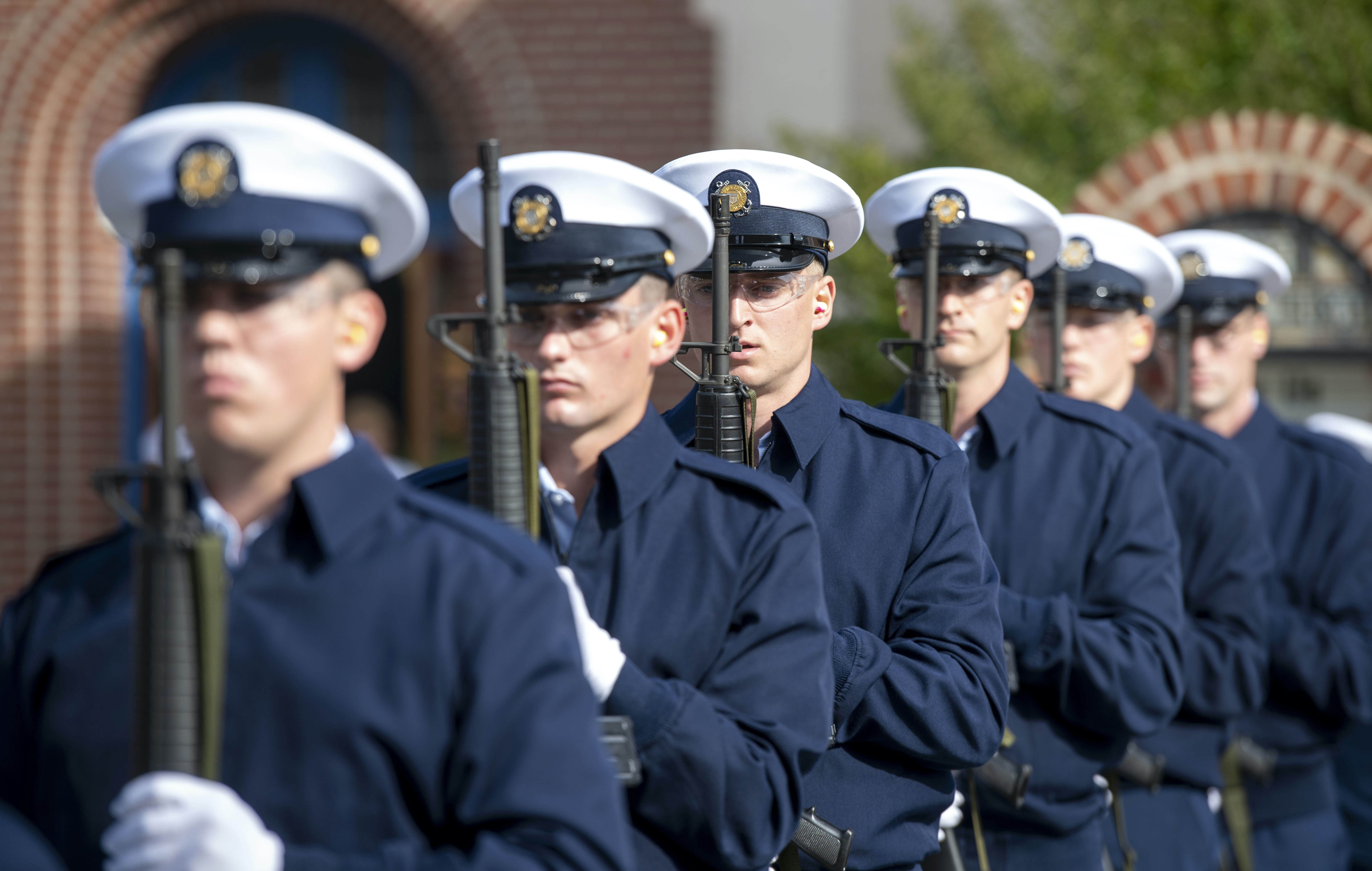
The force remains a deployable one, with major assets programmed to be at sea 185 days a year, “so you’re gone about half a year,” Schultz said, noting “it’s a lot. What we’re losing is in-port” time, and Coasties, after days on patrol, often remain as busy going to school rather than being on downtime.
The Sea Duty Readiness Council, led by several vice admirals, “is looking at what does it take to bring some balance to that. We’re putting some mission assurance, more maintainers, wrench-turners, some more folks there,” he added. Among the council’s focus is “identify longer-term opportunities to further enhance life at sea, including examining in-port workload requirements, enhancing education opportunities for cuttermen, and advocating for other new initiatives,” according to the Coast Guard.
The Reserve force was deployed about 50 percent in 2021, “a pretty unsustainable rate every year,” Schultz said. They responded to some of the 20-plus hurricanes in the Atlantic basin, a record, as well as assisted with COVID-19 vaccination programs and helped Afghan refugees that arrived in the states.
“Writ large, we’ve got to focus on the Coast Guardsmen standing the watch and his or her family,” Schultz said, noting the service has added 13 psychiatrists and other medical mental health professionals to boost mental health capacity. “We’ve got to do more of that. We’ve got to support the force we have and we’ve got to recognize the demands on them.”
That includes finding ways to bridge the gaps in housing (BAH) rates and living expenses in high-priced regions, as well as work with those officials who determine BAH rates.
Like its military counterparts, the Coast Guard has to compete to recruit young people and fill the 4,200 spots – 3,600 active, 600 reservists – each year to maintain the force.
“We have not hit that mark in recent years,” Schultz said.
The services are drawing from a population that is less interested in joining and less qualified to serve, Schultz said.
“We don’t have the deepest pockets, so I don’t throw a lot of bonuses,” he said.
He wants recruiters to be more mobile and reach out to different communities, with goals of enlisting 35 percent women and 35 percent of “under-represented Americans” into the service.
“We’re trying to broaden the Coast Guard to look more like the nation,” he said.
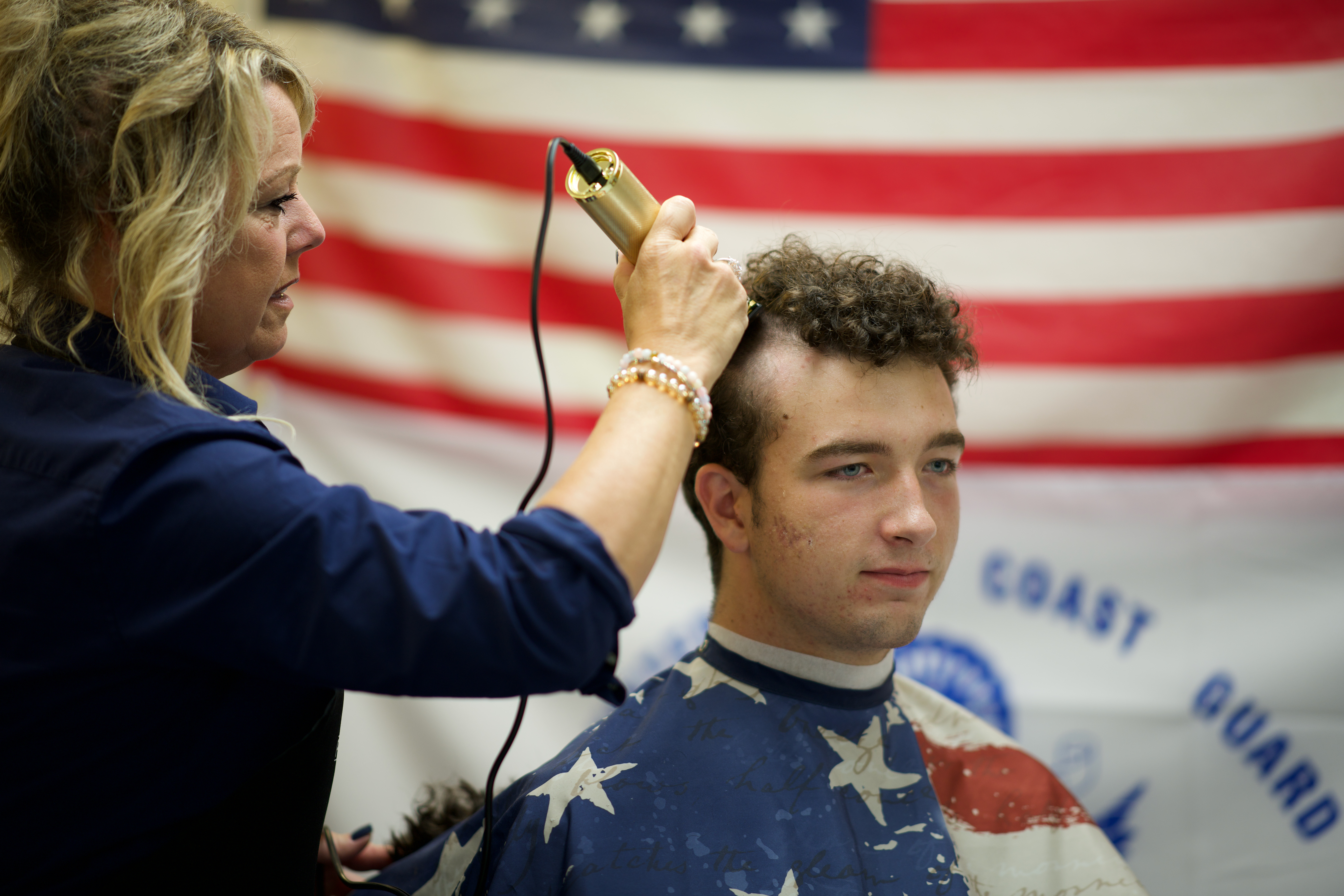
The U.S. Coast Guard Academy in New London, Conn., is one of the “bright spots,” with women representing 40 percent of cadets “and marching toward 50,” he added. These are among some of the demographic gaps closed in recent years through efforts, including a women’s retention study done with Rand Corp. and completed in 2019.
Overall, Schultz said, “we’ve got the highest retention in any of the armed services. We’re trying to even get that higher. But it’s a tricky environment. I think all of the uniformed services don’t know the impacts of this blended retirement system that hit the four-year anniversary on 1 January” on retention in the near- and long-term. That includes the retirement system’s impacts on families, including those with working spouses, he said.
“We’ve aligned tour lengths with dual-member Coast Guard folks and we’ve guaranteed people co-location at the O-4 and below level and E-6 and below level,” he said. “I think those things are starting to mine some positive results for us.”
Schultz said he soon will sign the “Ready Workforce 2030,” a strategic vision with initiatives about how the Coast Guard will train, support and retain the total workforce. The workforce includes 9,000 civilians.
Among the ideas are retaining Coasties in sought-out billets, such as cyber professionals, that might be hard to fill and sustain.
“We invest a lot of money in them. They might see opportunities outside the fenceline for more money in Silicon Valley,” he said. “Maybe I can figure out a way where they don’t have to come back for one weekend a month and drill in the reserves. Maybe they come back one time a year.”
“We’ve just got to take a different approach here,” he added. “We’re leaning hard. Ready Workforce 2030 is going to capture some of that different agility, different flexibility.”





